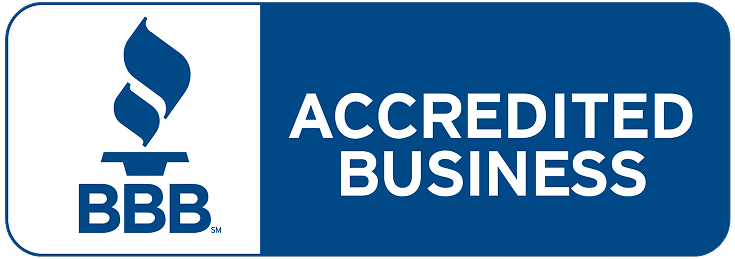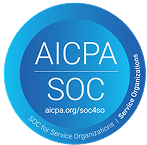Affordable U.S. master’s programs with high ROI for Nepali students
For many Nepali students, studying overseas in the U.S. is more than an academic goal. It’s a strategic investment. But that investment comes with risk, especially when tuition, housing and living costs feel overwhelming.
So how do you choose a program that balances cost with real earning potential? The answer is to look for low-cost master’s programs that lead to high-paying jobs. You don’t need to attend an Ivy League school to earn a strong salary. What matters is choosing a degree with proven job demand, strong optional practical training (OPT) and temporary, nonimmigrant (H-1B) visa outcomes and career pathways that scale over time.
This article explores how Nepali students can find U.S. master’s programs that are affordable, visa-friendly and connected to careers that can realistically reach six-figure earning potential.
What defines “low cost” for U.S. master’s programs?
A low-cost master’s program doesn’t just mean cheap tuition. It means a program that offers good value. These are typically:
- Offered by public universities with in-state tuition for international students
- Located in Tier 2 cities where housing is more affordable
- Completed in 12 to 18 months, which reduces total living costs
Examples include public universities in Texas, Florida, North Carolina or the Midwest. While some may not rank in the top 10 nationally, they offer respected programs in STEM, business and health care fields.
Fields that lead to strong earnings and job security
Choosing the right international study program means choosing a field where your skills are valued, employers are hiring and you can grow your income over time. For many Nepali students, the best return on investment comes from programs that combine real-world application, OPT eligibility and long-term visa sponsorship potential.
Here are some fields that tend to offer those advantages.
Computer science and data science
These fields consistently lead to strong job outcomes. Roles in software engineering, machine learning and data analysis are available across industries, from finance to health care to education. Many Nepali graduates in these programs find full-time work during OPT and use that experience to qualify for H-1B sponsorship.
Common roles:
- Software developer
- Data analyst or data scientist
- QA engineer
- Backend or full-stack developer
Why it works:
Strong starting salaries, high demand and flexibility across sectors
Business analytics and information systems
These programs teach you how to solve business problems using data and technology. You don’t need a coding background to succeed, these degrees are often more accessible to students with business or math backgrounds.
Common roles:
- Business analyst
- Systems analyst
- Product or operations analyst
- Marketing data analyst
Why it works:
Clear job relevance, broad hiring across industries and strong OPT demand
Engineering (mechanical, software, electrical, civil)
Engineering remains one of the most stable and respected fields for international students. Civil and mechanical engineers often work in infrastructure, transportation or manufacturing, while electrical engineers move into energy, hardware and telecommunications roles.
Common roles:
- Design engineer
- Project engineer
- Electrical systems specialist
- Structural engineer
Why it works:
STEM OPT eligibility, consistent demand and transferable global skills
Cybersecurity
This is one of the fastest-growing areas in tech. U.S. companies are actively hiring security analysts, compliance experts and cloud security specialists. These roles often require less coding than traditional software jobs but still offer strong pay and advancement potential.
Common roles:
- Cybersecurity analyst
- Network security engineer
- Risk and compliance analyst
- Cloud security specialist
Why it works:
Urgent hiring demand, flexible entry points and competitive compensation
How MPOWER Financing helps Nepali students access affordable, high-return programs
MPOWER Financing supports Nepali students who want to make a smart investment in their future. If you’ve found a low-cost U.S. master’s program that matches your goals but need help with master’s degree funding, MPOWER may be a good fit.
Here’s what makes MPOWER ideal for value-focused students:
- Loans with no cosigner or collateral required
- Support for students at over 500 U.S. and Canadian universities, including many affordable public schools
- Coverage of tuition and living expenses for qualified programs in the U.S.; tuition and university-invoiced expenses in Canada
- Fixed, inflation-proof interest rates with no hidden fees or prepayment penalties
- Career planning through the Path2Successprogram, including help with internships, OPT and long-term job searches
With MPOWER, you don’t need family land or a guarantor to access high-quality education. And you don’t have to sacrifice your goals to manage short-term costs.
Check Eligibility
How to evaluate return on investment (ROI) beyond rankings
Some Nepali students and families choose schools based on brand names or rankings alone. But to make a smart financial choice, consider these practical questions instead:
- Does the school have strong OPT and CPT support?
- Are employers actively recruiting from this program?
- Does the university offer career services for international students?
- Is the cost of living in the area manageable with a part-time job or loan support?
- Are alumni from your country working in strong roles after graduation?
Remember, the path to a six-figure career is not always immediate. But a program that offers access to international student internships, practical training and in-demand job roles can help you build toward it.

